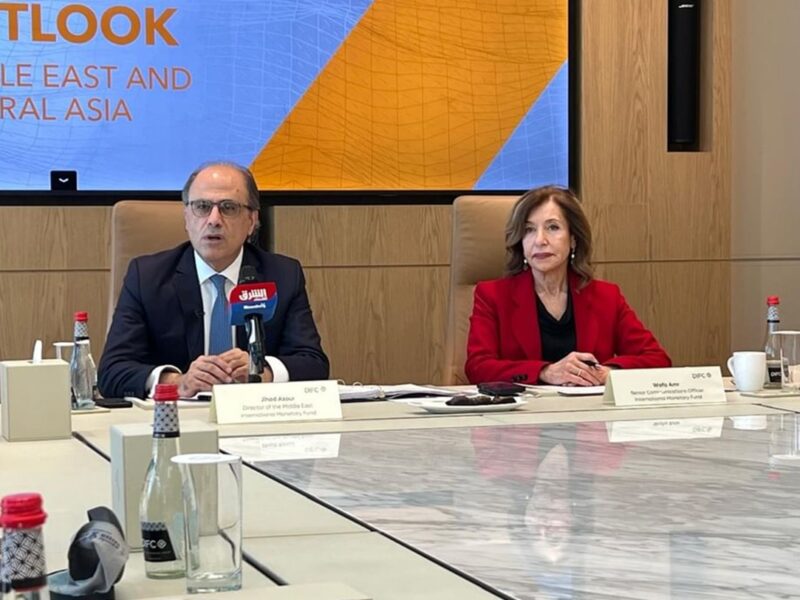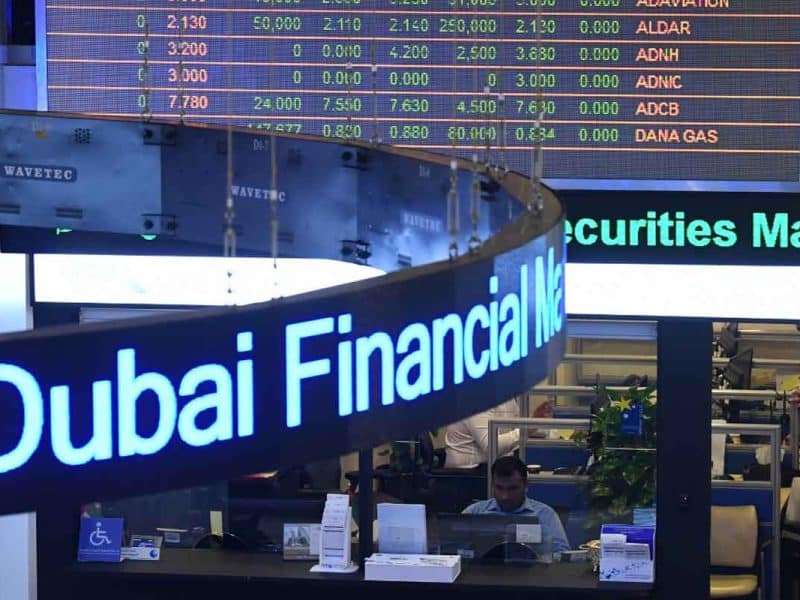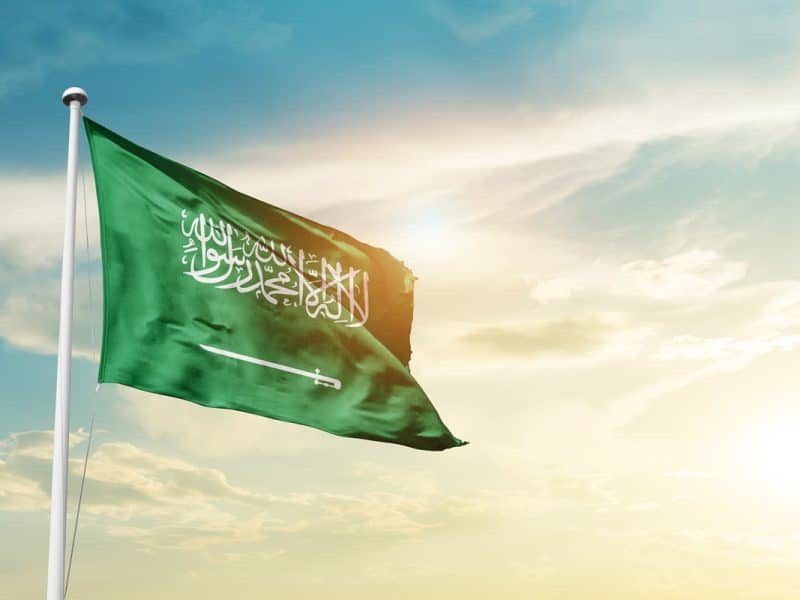Saudi Arabian bank lending is climbing the most among the
six Gulf Cooperation Council nations this year as growth in the biggest Arab
economy accelerates.
Bank credit to the private sector expanded 4.6 percent in
the five months through May, according to data from the Saudi Arabian Monetary
Agency this week. The rate ranged from a 4 percent drop in Bahrain to a 2.7
percent increase in the other five GCC countries.
Higher oil production to compensate for a drop in output
from Libya and increased government spending to counter the political unrest in
the region are boosting the economy of the world’s largest exporter of crude,
according to John Sfakianakis, the Riyadh-based chief economist at Banque Saudi
Fransi, a lender part-owned by Credit Agricole.
“There is a recovery under way, the retailers, the family
businesses, they are all benefiting, which is spurring lending from the banks,”
Sfakaniakis said. Saudi Arabia’s economy “didn’t have the excesses that some of
the other countries in the region had, like the real-estate bubble in Dubai,
Abu Dhabi and even Qatar” to which the banks were exposed, he said.
The $130bn spending plan announced by King Abdullah Bin
Abdulaziz Al Saud in February and March after protests toppled rulers in
Tunisia and Egypt will help boost economic growth this year to 5.3 percent from
3.8 percent in 2010, according to National Commercial Bank, Saudi Arabia’s
biggest bank by assets.
Saudi bank lending had slowed in the previous two years
after two family-owned businesses defaulted on at least $15.7bn of loans and
the economy was hurt by the global credit crunch.
Five months of political unrest have shaken the Middle East
as citizens demand civil rights, higher living standards and the ouster of
autocratic regimes. Yet Saudi Arabia, the self- proclaimed leader of the Gulf
states, hasn’t been affected by the events, sending troops to end protests in
Bahrain and stifling demonstrations in its own Eastern Province.
The cost of insuring Saudi debt against default was
unchanged at 94.5 basis points on July 4, and is down from a three-month high
of 117 on May 6, according to data provider CMA, which is owned by CME Group
Inc. and compiles prices quoted by dealers in the privately negotiated market.
The cost of insuring Bahrain’s debt fell one basis point, or 0.01 percentage
point, to 225. Default swaps for Lebanon were at 350 basis points.
The contracts pay the buyer face value if a borrower fails
to meet its obligations, less the value of the defaulted debt. A basis point
equals $1,000 annually on a swap protecting $10m of debt.
King Abdullah announced a package of about $100bn on March
18 which included funds to build 500,000 homes and for military and religious
groups that backed the government’s ban on domestic protests. Unrest spread
across the Middle East and North Africa, leading to armed conflict in Libya and
protests in Syria, Bahrain and Oman. Banque Saudi Fransi raised its 2011 state
expenditure forecast by 25 percent to $225bn after the announcements.
Saudi banks led by Samba Financial Group, the kingdom’s
biggest publicly traded lender, and second-ranked Al Rajhi “have been
conservatively building up capital buffers during the crisis and now that the
economic environment is turning they can start to lend again,” Khalid Howladar,
a vice-president at Moody’s Investors Services said in an e-mail. “The recent
social measures have given people a boost in confidence and spending power
which is facilitating more borrowing.”
Saudi Arabia’s economy may grow 6 percent this year,
compared with an initial estimate of 4.3 percent, Saudi central bank Governor
Muhammad al-Jasser said in a speech June 8. Growth had slowed to 0.2 percent in
2009 from 4.2 percent in the previous year.
Oil production rose 3.2 percent to 9.21 million barrel per
day in June from May, according to data compiled by Bloomberg. The kingdom will
boost output to 10 million barrels a day in July, Al Hayat newspaper reported
June 6, citing senior officials.
Saudi bank credit to the private sector grew 5.7 percent in
2010 after declining 0.04 percent in 2009, according to data from the central
bank. In 2008, it jumped 27.1 percent.
Average yields on conventional bonds in the GCC have
declined 31 basis points this year to 4.97 percent, according to HSBC/NASDAQ
Dubai GCC Conventional Bond Indices.
Bank lending in Qatar is expected to accelerate from next
year as government spending on infrastructure for the 2022 soccer World Cup
kicks in, according to Janany Vamadeva, a Dubai-based analyst at HC Securities.
Kuwait’s banks still have problems with loan defaults and need to book
provisions, while political unrest in Bahrain has hurt lending, she said.
In the UAE, the second-largest Arab economy, lending is also
recovering as Dubai government-owned companies agree with lenders on delaying
debt repayments. Dubai World, one of the emirate’s three main state-owned
holding companies, reached a deal with about 80 creditors in March to
restructure about $25bn of loans. Property prices in Dubai, the second-biggest
of seven states that make up the UAE, had fallen by about 60 percent from their
peak in 2008.
UAE bank lending grew 1.3 percent in 2010 after rising 2.4
percent in 2009. Loans had jumped more than 30 percent annually between 2005
and 2008. The UAE 3-month interbank interest rate, the rate at which banks lend
to each other, has dropped 27 percent since April to 1.5475 percent. Saudi
Arabia’s 3-month interbank rate was at 0.63625 percent yesterday.
“In the UAE, interbank interest rates are coming down but
taking time, although they are still much higher than in Saudi Arabia,” Simon
Williams, an economist at HSBC Holdings, said in an interview. “The UAE banking
system is normalizing, it’s just further behind on the cycle than in Saudi
Arabia.”








